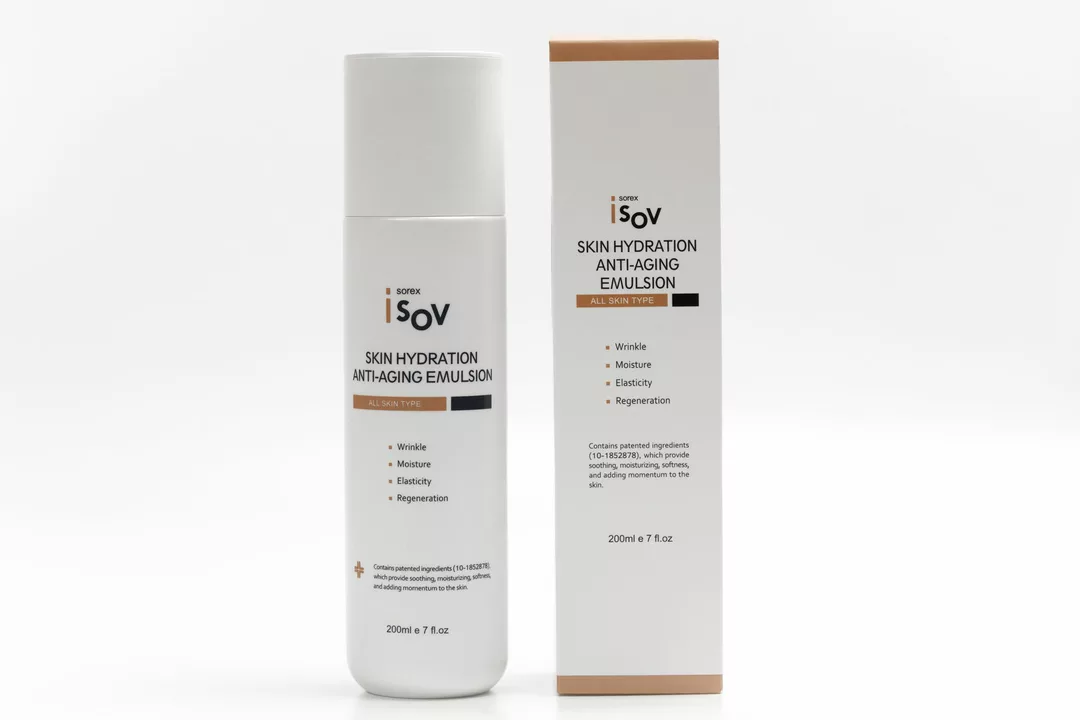Moisture management: simple fixes to stop sweat, chafing, and infections
Wet skin is more than uncomfortable — it invites rashes, fungal infections, and slow-healing wounds. Managing moisture well stops problems before they start. Below are clear, practical steps you can use today, whether you’re dealing with sweaty workouts, jock itch, foot odor, or a healing cut.
Clothing and fabrics that work
Pick fabrics that move sweat away from skin. Lightweight polyester, nylon blends, and merino wool pull moisture off the body and dry fast. Cotton soaks up sweat and stays damp longer, so it’s fine for light wear but not for heavy sweating. For underwear and socks, choose breathable, moisture-wicking options and avoid tight fits that trap heat and moisture.
Rotate clothes and change out of wet layers quickly — after exercise or heavy sweating, get into dry clothes within 15–30 minutes. Wash workout gear in hot water or use a sport detergent that removes oil and odor; that keeps fabric working longer.
Daily habits that cut moisture problems
Dry well after showers — pat, don’t rub. Pay attention to skin folds, between toes, and groin areas. Use a hair dryer on low if needed. For sweaty feet, wear moisture-wicking socks and switch shoes every day so each pair can air out 24–48 hours. If you live somewhere humid, a dehumidifier or good ventilation in closets and bedrooms helps a lot.
Powders can help: simple cornstarch or over‑the‑counter antifungal powders reduce friction and keep skin drier. If you already have itching or a yeast infection, look for medicated powders with antifungal ingredients and talk to a pharmacist or doctor before starting treatment.
For chafing, try thin barrier creams or petroleum jelly on rubbed areas before activity. Lightweight lubricants protect skin without sealing in sweat like heavy ointments do.
If you work in hot conditions, plan clothing layers and take regular cool-down breaks. Simple changes — looser pants, breathable hats, lighter socks — lower sweat and skin breakdown.
Wound care needs balance. Modern wound healing prefers controlled moisture: a lightly moist dressing speeds cell repair, but too much fluid leads to maceration and infection. Use dressings that absorb excess exudate but keep the wound bed from drying out. For diabetic or slow‑healing wounds, see a clinician; don’t improvise with household dressings.
Finally, watch for signs of trouble: persistent redness, spreading rash, strong odor, or increasing pain. Those mean you should see a healthcare provider. Small changes in fabric, hygiene, and dressing choice prevent most moisture-related problems and keep skin healthy and comfy every day.




